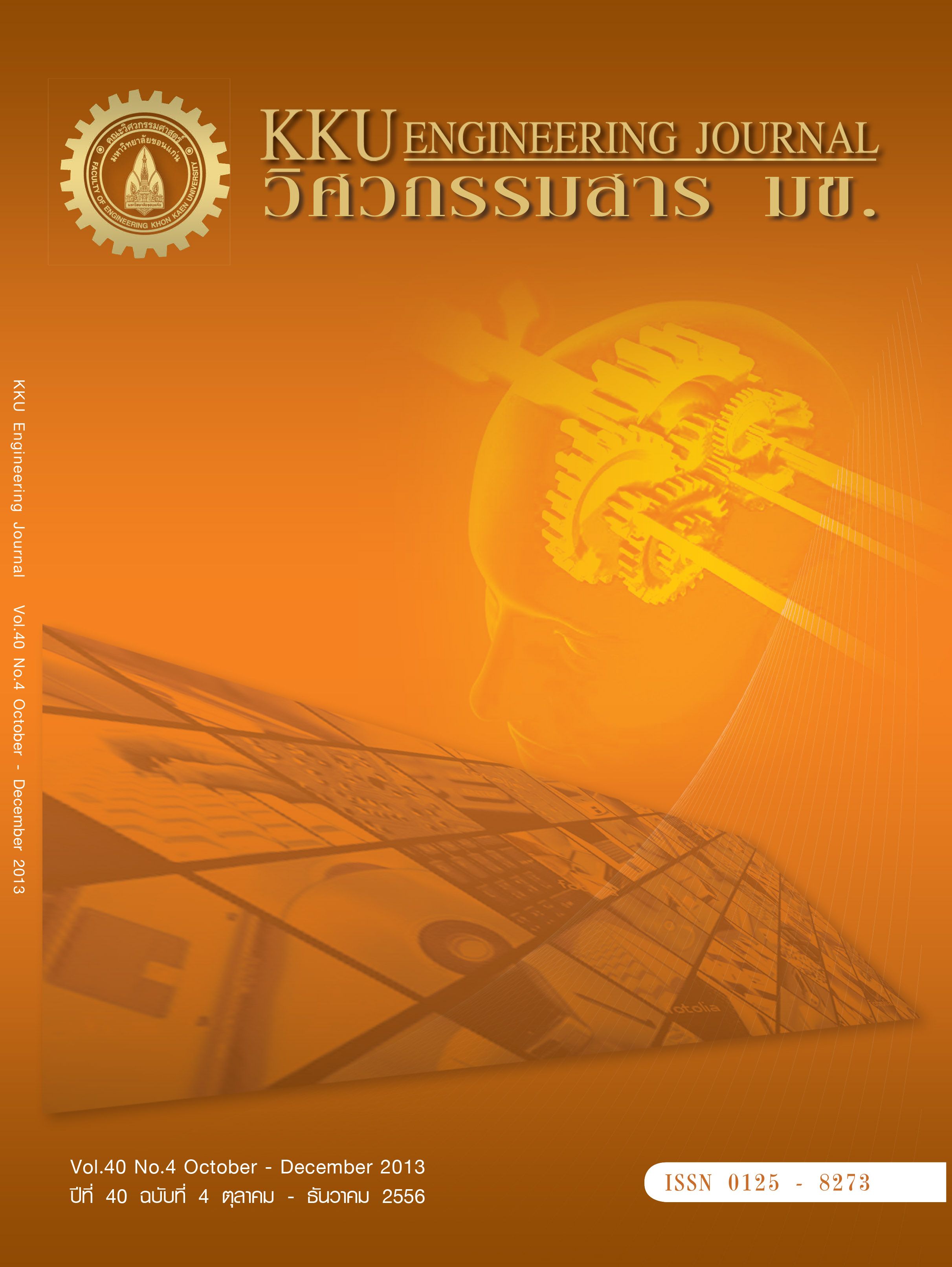Land use and hydrologic soil group classification for the Yang River basin in Northeast Thailand
Main Article Content
Abstract
The Yang River Basin is one of the rarest watersheds in Northeast Thailand that has not been destructively modified by dam construction. The river is always subjected to flood in the rainy season and drought in dry season. To overcome these problems, good river basin management is needed. The most important basic task for good management is to identify geographic feature affecting hydrology of the watershed. The aim of this paper is to present methods to classify land uses and hydrologic soil groups (HSG) of the Yang Basin. Land use and HSG are the two most essential factors for water resource management analyses. Geographic Information System (GIS) was used and guided by the Curve Number, NRCS method. The entire basin can be classified in terms of: Agriculture land, forest land, residential, water resource, irrigation area, meadow, and other area and these classifications were 71.03%, 21.98%, 2.46%, 1.38%, 1.13%, 0.23% and 1.79% respectively. Additionally, the hydrologic soil groups in the whole area have been characterized by using soil texture and soil properties such as hydraulic conductivity and infiltration rate. The HSG of separate group types: A, B, C and D were 27.95%, 12.56%, 52.75% and 6.74% respectively.
Article Details
This work is licensed under a Creative Commons Attribution-NonCommercial-NoDerivatives 4.0 International License.



